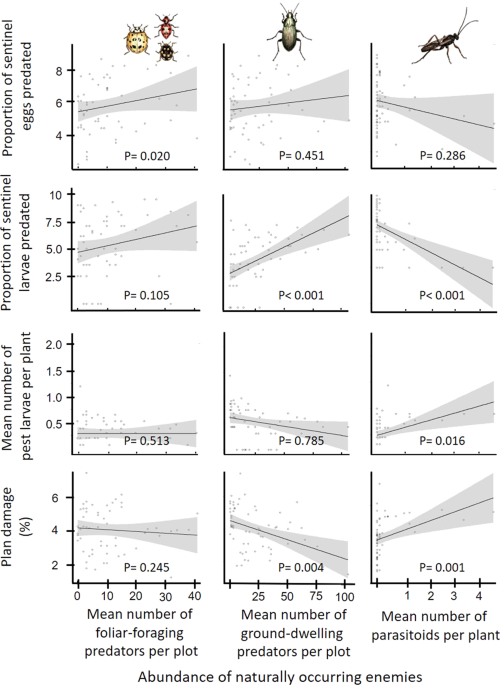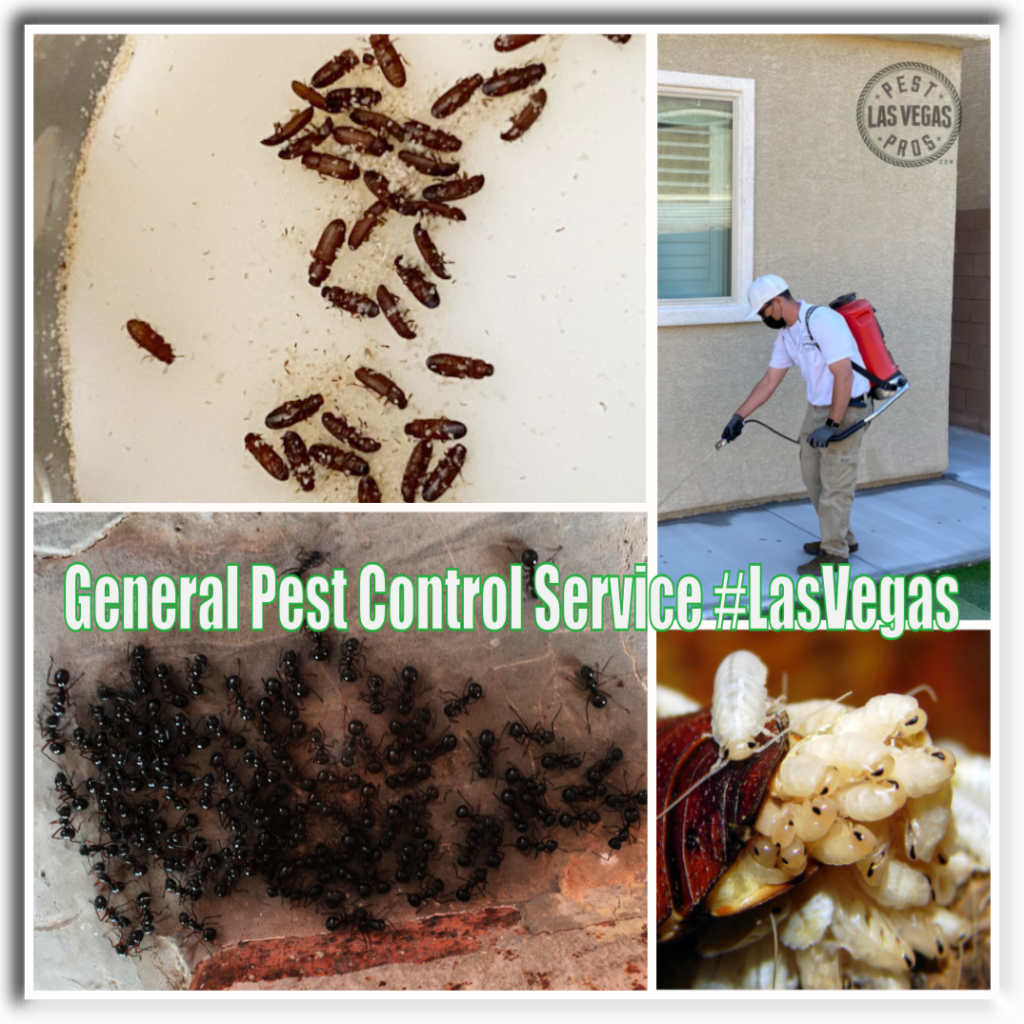The 7-Second Trick For Eco Bed Bug Exterminators Dc
The 7-Second Trick For Eco Bed Bug Exterminators Dc
Blog Article
Indicators on Eco Bed Bug Exterminators Dc You Should Know
Table of ContentsOur Eco Bed Bug Exterminators Dc StatementsFascination About Eco Bed Bug Exterminators Dc8 Easy Facts About Eco Bed Bug Exterminators Dc DescribedGetting The Eco Bed Bug Exterminators Dc To WorkThe Ultimate Guide To Eco Bed Bug Exterminators Dc
Because chemicals are poisonous, they are likewise possibly unsafe to human beings, pets, various other organisms, and the atmosphere. Individuals that utilize chemicals or regularly come in contact with them need to understand the loved one toxicity, potential health and wellness results, and preventative actions to reduce exposure to the products they use. Hazard, or threat, of using pesticides is the possibility for injury, or the degree of risk involved in making use of a pesticide under a given collection of conditions.
Nevertheless, applicators can decrease or almost remove exposure-- and hence decrease threat-- by following the label guidelines, using personal safety garments and devices (PPE), and handling the chemical properly. As an example, more than 95 percent of all pesticide exposures originate from facial direct exposure, largely to the hands and forearms. By using a pair of unlined, chemical-resistant handwear covers, this type of exposure can be nearly gotten rid of.
The unsafe impacts that take place from a single exposure by any kind of path of entry are termed "severe effects." The four paths of direct exposure are facial (skin), inhalation (lungs), oral (mouth), and the eyes. Severe toxicity is determined by examining the dermal toxicity, inhalation toxicity, and oral toxicity of test pets.
The 5-Second Trick For Eco Bed Bug Exterminators Dc
Intense poisoning is gauged as the amount or focus of a toxicant-- the a.i.-- needed to kill half of the animals in a test population. This procedure is generally expressed as the LD50 (lethal dose 50) or the LC50 (dangerous focus 50). In addition, the LD50 and LC50 values are based on a single dosage and are recorded in milligrams of chemical per kg of body weight (mg/kg) of the test pet or partly per million (ppm).
The lower the LD50 or LC50 worth of a pesticide product, the greater its toxicity to human beings and animals. Pesticides with a high LD50 are the least harmful to people if used according to the instructions on the product label. The persistent toxicity of a chemical is figured out by subjecting guinea pig to long-lasting hop over to here direct exposure to the energetic component.
The persistent poisoning of a chemical is a lot more difficult than acute poisoning to determine via lab evaluation. Products are categorized on the basis of their loved one intense poisoning (their LD50 or LC50 values). Chemicals that are classified as very poisonous (Poisoning Classification I) on the basis of either dental, dermal, or breathing poisoning need to have the signal words risk and toxin printed in red with a skull and crossbones symbol prominently showed on the front panel of the bundle label.
The acute (solitary dosage) dental LD50 for chemical products in this group varies from a trace total up to 50 mg/kg. Exposure of a couple of decreases of a material taken by mouth could be fatal to a 150-pound individual. https://ecobedbugexterminatorsdc0.godaddysites.com/f/bed-bug-treatment-effective-solutions-by-eco-bed-bug-exterminat. Some chemical products have simply the signal word threat, which tells you nothing concerning the intense toxicity, simply that the item can cause extreme eye damage or extreme skin inflammation
Eco Bed Bug Exterminators Dc Things To Know Before You Buy
In this category, the intense oral LD50 ranges from 50 to 500 mg/kg. A tsp to an ounce of this product might be deadly to a 150-pound person (pest control Washington DC). Chemical products classified as either somewhat toxic or reasonably harmless (Toxicity Groups III and IV) are needed to have the signal word CAUTION on the pesticide label

All pesticide toxicity chemicalPoisoning worths the Consisting of, can be found on located product's Material Safety Data Sheet (MSDS). Chemical tags and MSDS can be obtained from retailers or manufactures - https://ecobedbug3xt.edublogs.org/2024/03/20/bed-bug-treatment-effective-solutions-by-eco-bed-bug-exterminators-dc/. The signs of chemical poisoning can vary from a mild skin inflammation to coma or also death.
Since of potential wellness issues, pesticide customers and trainers should identify the typical indicators and signs of pesticide poisoning. The effects, or signs, of chemical poisoning can be broadly defined as either topical or systemic.
What Does Eco Bed Bug Exterminators Dc Do?
Dermatitis, or swelling of the skin, is approved as one of the most commonly reported topical impact related to pesticide exposure. Signs and symptoms of dermatitis range from reddening of the skin to breakouts and/or sores. Some individuals have a tendency to cough, hiss, or sneeze when revealed to pesticide sprays. Some people respond to the solid smell and annoying effects of oil extracts made use of as providers in pesticide products.
This sign usually subsides within a few minutes after an individual is gotten rid of from the direct exposure to the toxic irritant. However, a reaction to a chemical item that causes somebody not only to sneeze and cough however also to create severe intense respiratory system signs and symptoms is more probable to be a real hypersensitivity or allergic reaction.
Systemic effects are rather different from topical results. They commonly happen far from the initial factor of contact as a result of the pesticide being soaked up right into and dispersed throughout the body. Systemic effects usually include queasiness, vomiting, exhaustion, migraine, and digestive tract disorders. In sophisticated poisoning cases, the person might experience adjustments in heart price, problem breathing, convulsions, and coma, which might result in death.
Report this page